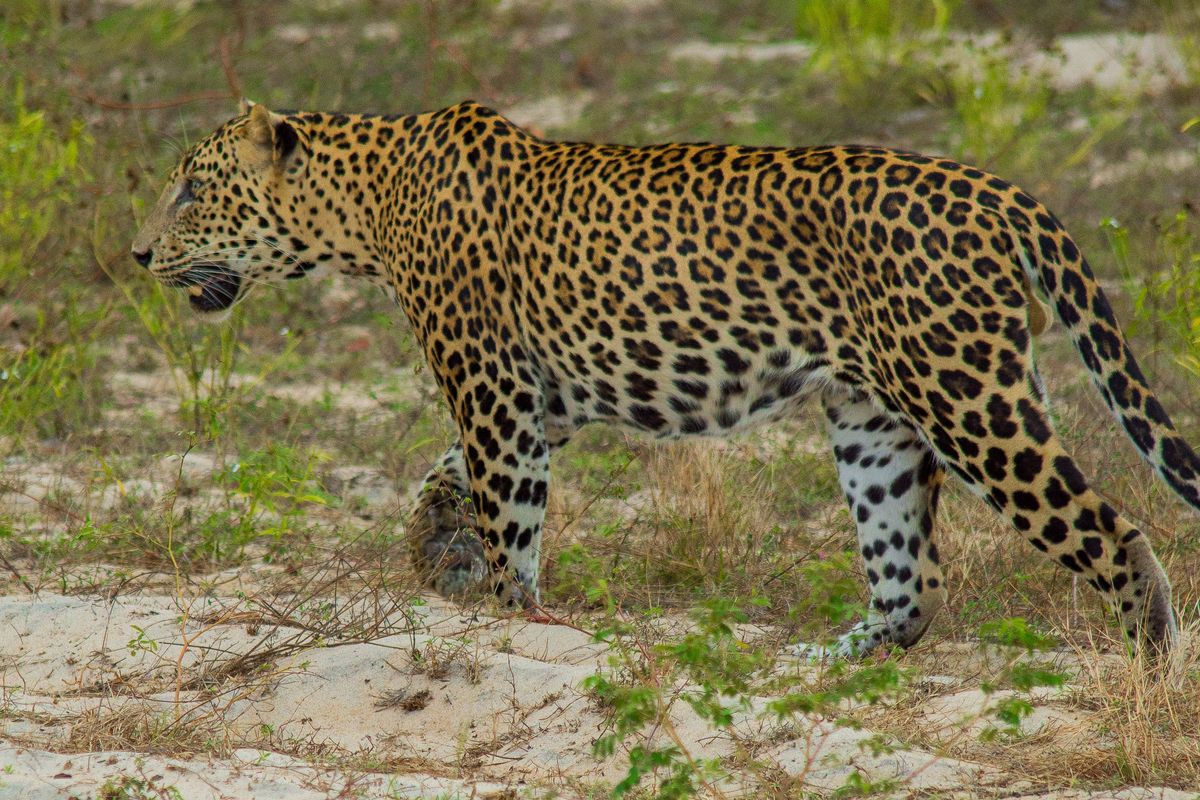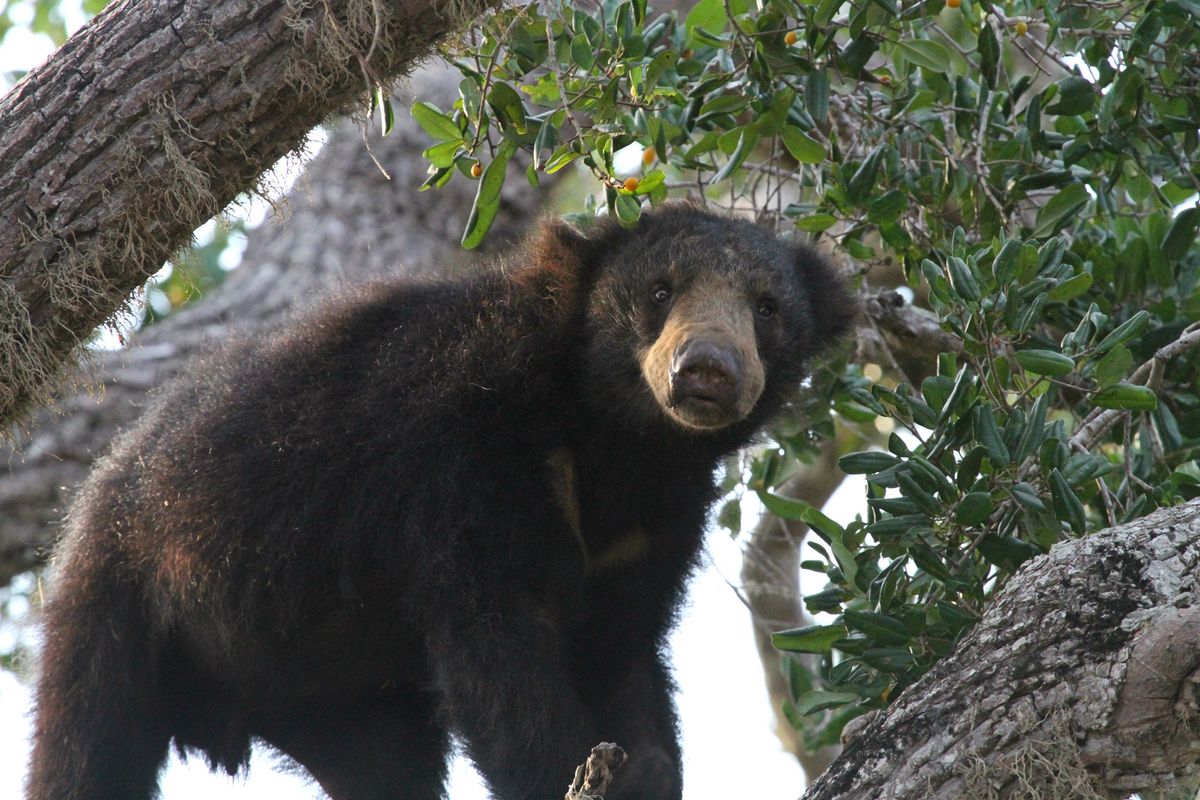Sri Lanka's Wildlife & Conservation Challenges
by Maria
Image gallery
The challenges faced by National Parks and conservation projects in Asia are multi-faceted and ever-changing, from the pressures of overtourism to the impact of global pandemics. We spoke to our partner, AB, in Sri Lanka to gain his valuable insight into the situation on the ground and how we can help make a positive impact going forward.
What are the most pressing issues that National Parks and conservation projects face?
Overtourism has become a major issue, especially in popular parks like Yala and Udawalawe. The surge in visitors after the pent-up global demand of the pandemic and the rising popularity of Sri Lanka, has placed immense pressure on the fragile ecosystems in recent years.
Tourism infrastructure has expanded rapidly to keep up with demand but it is often done with little regard for environmental sustainability or community engagement.
What are the challenges to pursuing a sustainable ethos in operating safaris in Sri Lanka?
Investing in the training and development of people is becoming increasingly challenging. Naturally, most stakeholders have had to look to their own survival rather than long-term sustainability.
Producing renewable energy and procuring sustainable resources is costly, and there is no focus from the government for this area. Stakeholders need to take the bullet on this and as a result the costs go up.
In addition, there is very little appreciation from the clients and tour operators of this aspect. How many travellers would pay 200 GBP more because our camp is carbon neutral? So, one of the biggest challenges we face is in educating the stakeholders effectively.
Why is Yala so popular and what can we do to reduce the adverse effects on its resident wildlife?
Yala gets a lot of publicity due to the high density of resident leopards. In the recent past, statements like: "Yala has one leopard for every square kilometre" and "Yala has the world's highest density of leopards" have attracted many tourists who are not necessarily wildlife enthusiasts. They come for a quick stopover during a rushed 14-day itinerary, dashing into the park for a half-day safari with the sole purpose of seeing a leopard. It creates a huge pressure on everyone from the moment the tour gets booked in, so much so that if a safari driver can't show a leopard to a guest he considers himself a failure.
This is the only park in the whole world where the probability of seeing a leopard on a half-day safari is so high, which is why there is so much of a rush to visit. Honestly, this pressure is not only from overseas visitors. Having the heavily patronised, religious pilgrimage town of Kataragama so close to the park is also increasing the visitor numbers stopping in for what they consider a quick, fun trip.
In the recent past there have been various attempts to control the number of visitors to the park, but due to social and political pressure, park authorities are finding it difficult to strike a balance.
To reduce this mad rush, the clients themselves need to understand that Yala is not only about leopards and that there are many other things they can see in this beautiful park. Right from the booking stage, all tour operators must set the right expectations with their clients and go the extra mile to ensure that their ground handlers are operating the safaris with the correct understanding and parameters.
Looking at an itinerary creatively is something that stakeholders can do to reduce the pressure in Yala. The over-visitation is mostly evident in block 1 of Yala National Park, so one thing we can do is encourage our guests to go to other blocks, such as blocks 4 and 5. Neighbouring Kumana National Park (also known as Yala East) has an equal or higher density of leopards than Yala, and Lunugamvehera National Park, which borders block 4, is another alternative to block 1.
What are the lesser visited parks and why are they less popular?
There are many lesser-visited National Parks in the country and Kumana, Gal Oya, Wasgamuwa and Maduru Oya are 4 of my favourites.
They're not as popular for various reasons, but mostly because they don't fall on the busiest tourist routes. If you want to visit one of them you need to step away from the most frequented routes and go a little off piste. Secondly, all these parks require pre-arranged permissions, and therefore the logistics are slightly more complicated. Some may not even have a single jeep parked outside the entrance!
Though there's plenty available, if you're not familiar with the area, finding suitable accommodation also could be a challenge. Again, none of these parks are meant to be seen with a half-day 'dash and run out'. You need to go in with enough time to explore at the appropriate pace, and track down the animals in the most conservation-conscious way with the mindset of doing a proper safari.
A lack of awareness of these less-visited parks from the stakeholders is also a challenge, and greater knowledge of them would enable tour operators to steer guests in their direction.
by Maria on 4th June 2021

